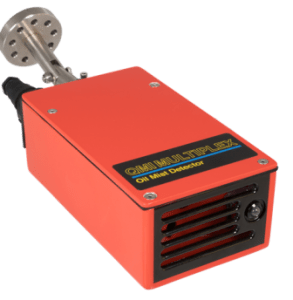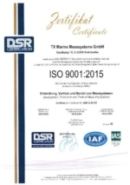QMI Atmospheric Sensor (Q10)
The earliest recorded oil mist fires and crankcase explosions dates back to the genesis of diesel engine development, when Rudolf Diesel himself mentioned the problem in his early writings.
However, it was in 1947, following the MV Reina Del Pacifico disaster in which 28 people died, that the dangers of oil mist gained greater attention, though it wasn’t until the early 1960s that the first crankcase oil mist detector was introduced.
The need to monitor the accumulation of oil mist in an engine’s crankcase and machinery spaces was further recognized when classification reports estimated that between 1990 and 2001 some 700 engines were written off as a consequence of oil mist-based crankcase fires or explosions. P&I Clubs went further claiming that up to 65% of all ship fires were the result of pressurized fuel and lubricating/hydraulic oil droplets collecting in the atmosphere of machinery spaces.




